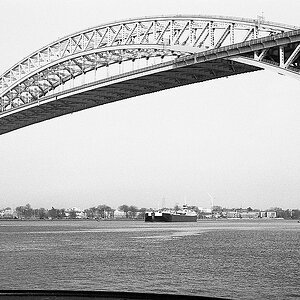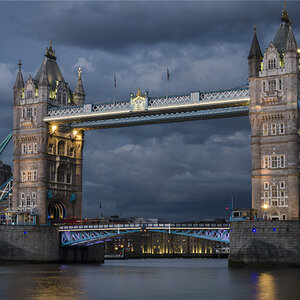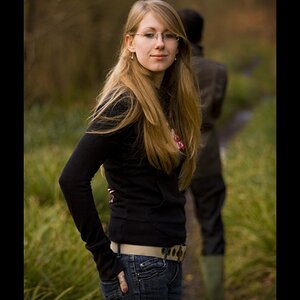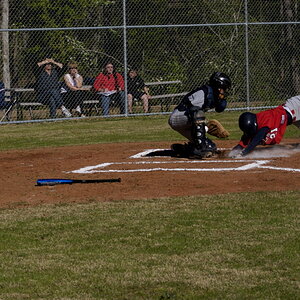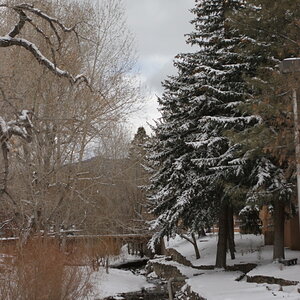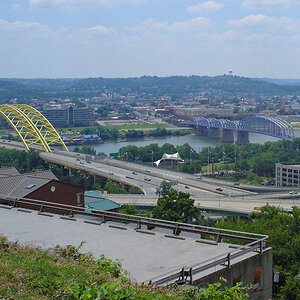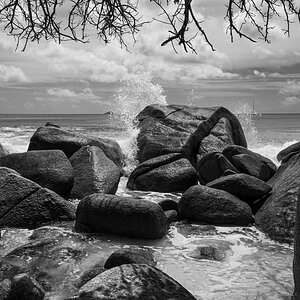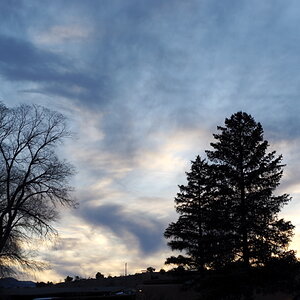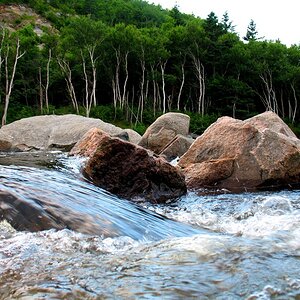fenix1280
TPF Noob!
- Joined
- Oct 28, 2008
- Messages
- 2
- Reaction score
- 0
- Can others edit my Photos
- Photos NOT OK to edit
I am new to photography, and I bought canon eos 50d for a real estate photography company I am starting. I have a few questions.
1. Is there a reputable store online that you can find equipment for a better deal?
2. What wide angle lens should I get with this camera to get really good un distorted interior shots?
I was thinking the ef 14mm/2.8L
The lady I talk to at glazers said this lens would act more like a 16 on this camera.
I have no Idea what this means.
1. Is there a reputable store online that you can find equipment for a better deal?
2. What wide angle lens should I get with this camera to get really good un distorted interior shots?
I was thinking the ef 14mm/2.8L
The lady I talk to at glazers said this lens would act more like a 16 on this camera.
I have no Idea what this means.


